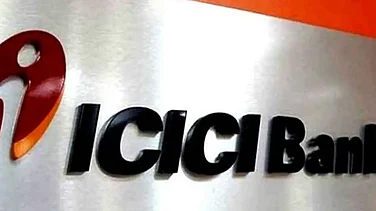Several economists and research pundits have made haste in painting a picture of the current state of Indian economy in a recessionary mode or through an economic crisis. Well, despite the perceptible slowdown in growth or pretty muted sentiments, the slowdown is far from being a “crisis” as it is being largely portrayed.
The country’s economy grew at a real rate of 6.8 per cent in FY 18-19, which has slowed down to 5.8 per cent in Jan-Mar 2019 quarter. Various leading indicators right from passenger vehicles to consumer durables to discretionary consumption have shown a declining trend. We are hearing stories about job losses, especially in the auto and allied components sector. Globally too, the macroeconomic indicators are not reading positive and trade conflict between global majors does not help.
Advertisement
At this point, industry and the common man have been looking up to the government to alleviate the impending slack and be more proactive and decisive in taking bold reforms. The Finance Ministry has its hands tied on the fiscal measures and RBI has on August 7 reduced the repo rate by an unconventional 35 basis points to 5.4 per cent. Bailouts of private enterprises are more or less ruled out and so seems a reversal of tougher execution of local laws.
Given the underlying restrictions, the Finance Minister on August 23 presented a bunch of much needed reforms to address the ongoing concerns about an anticipated slowdown and waning investors’ sentiments. The corrective measures taken by the government rightly focuses on increasing credit availability, improving consumption and turning investor sentiments positive.
Advertisement
To encourage investment, the rollback of surcharge being levied on domestic investors and FPIs is a welcome move. Launch of repo rate and external benchmark-linked loan products by banks will let the benefit of rate cuts by RBI finally pass down to the borrowers. The influx of Rs 70,000 crore into public sector banks, cheaper home loans, and auto loans will bring liquidity and promote higher consumption. The retreat of Angel Tax provisions for startups will facilitate easier operations.
Though the government has come up with some positive reforms, there is still a lot more to be done to boost the economy at the crushing hours. Further support to investment activities, an additional reduction in interest rates, tax rationalization and sectoral incentives along with other countercyclical measures need to be taken by the government to stem and possibly reverse the slowdown.
Some bold steps on divestment can be an immediate low hanging opportunities. FM needs to take initiatives to further encourage retail investments in financial instruments, which could in a way lead to increasing the depth and factors of the multiplier to take its effect. The government must also extend support to new-age startups active value creation in providing innovative consumer solutions and creating new jobs.
Rating of corporate credit instruments, monitoring and compliance definitely require structural reform. Accountability needs to be set within the credit rating, investment, and accounting infrastructure. This would in a way bring back the confidence of investors in fixed income instruments and revive liquidity to the NBFC segment. Availability of credit and new investments would further lead to job creation and promote consumption.
Advertisement
RBI central board approval for transfer of Rs 1.76 lac crore to Central Government in line with Bimal Jalan Committee is an extreme move. Budgeted growth in tax collection for FY 20 is estimated at around 23 per cent, this would be a tall task and especially with sluggish growth. Eventually, either government would lose sight of fiscal prudence or slow down the planned expenditure, neither of these would help in changing the growth trajectory and market sentiments.
So, this one-time transfer could not have come at a more opportune moment. However, the government needs to balance the expenditure between their attempt to drive consumption and capital investments.
Advertisement
Swift actions both by the government and the central bank has infused a lot of confidence and has clearly established that they are not going to ignore the early warning signs and also act decisively. Combination of positive policy actions and active execution of these plans are surely going to have a desired and immediate impact both in promoting growth and changing the investor sentiments.
The author is the Founder and CEO, Finzy.com















 Just one email a week
Just one email a week